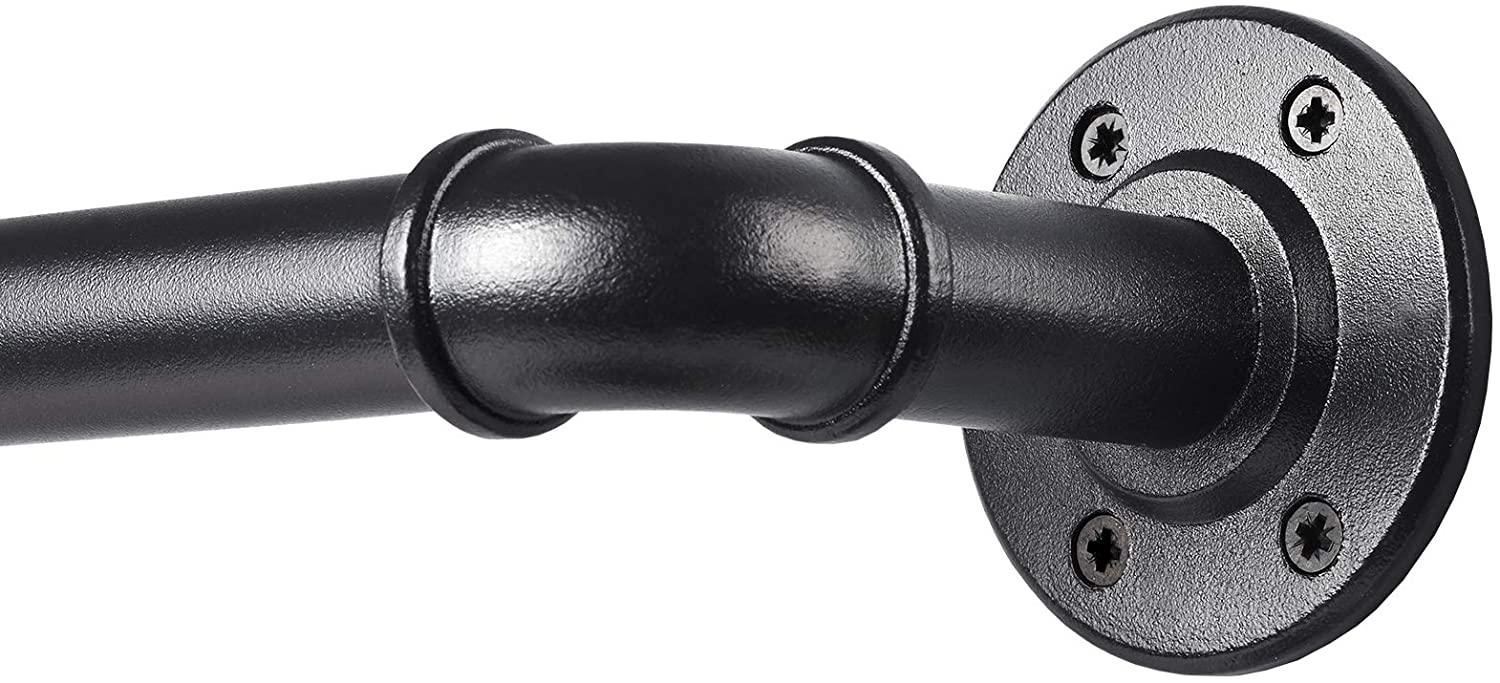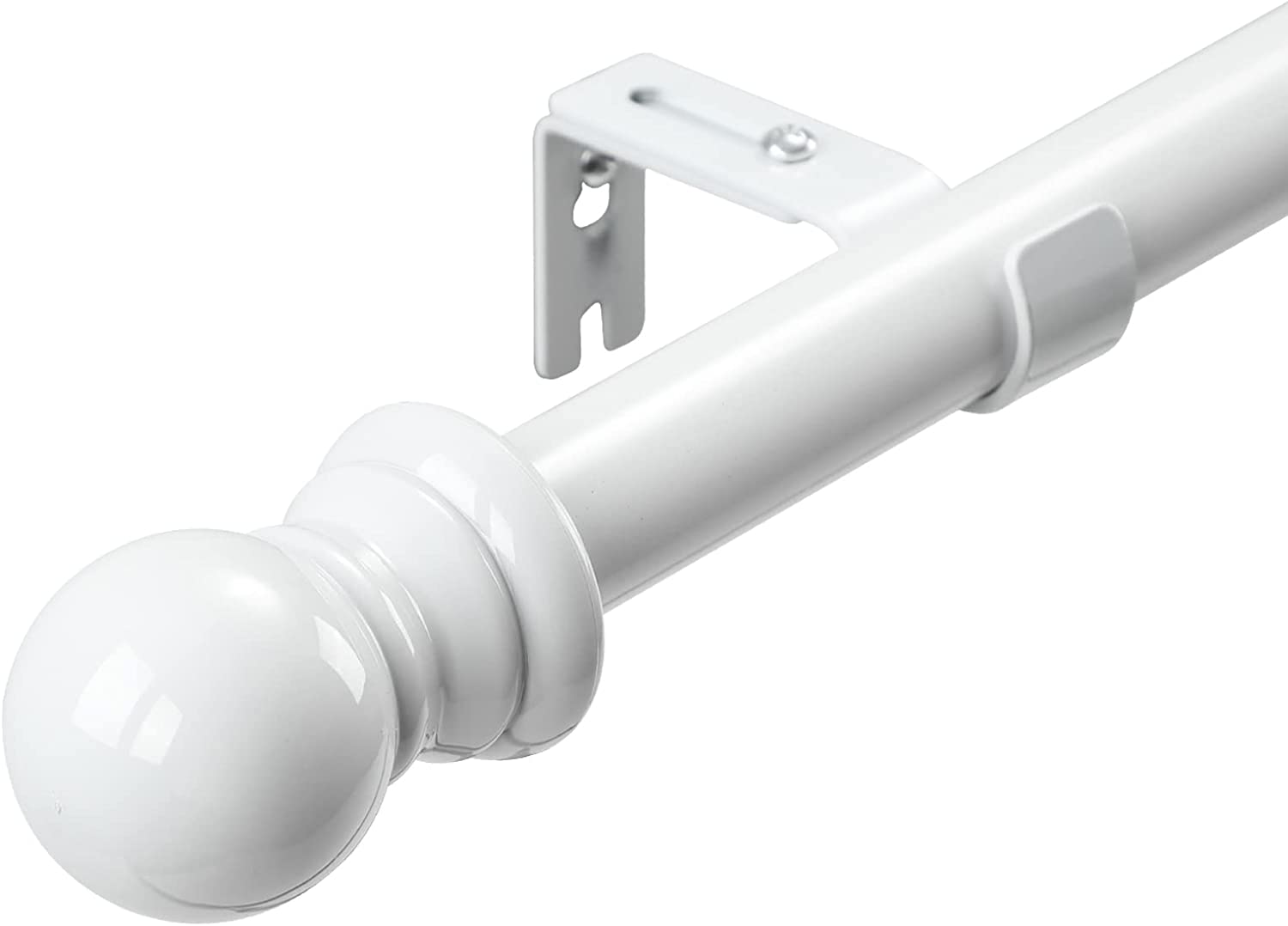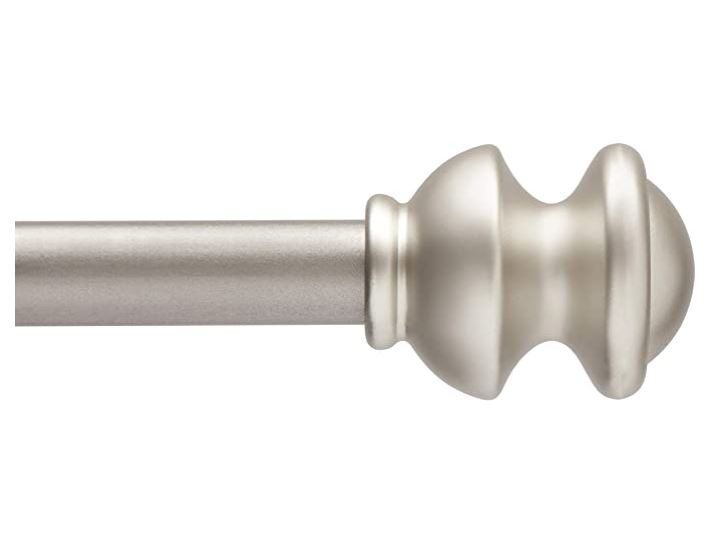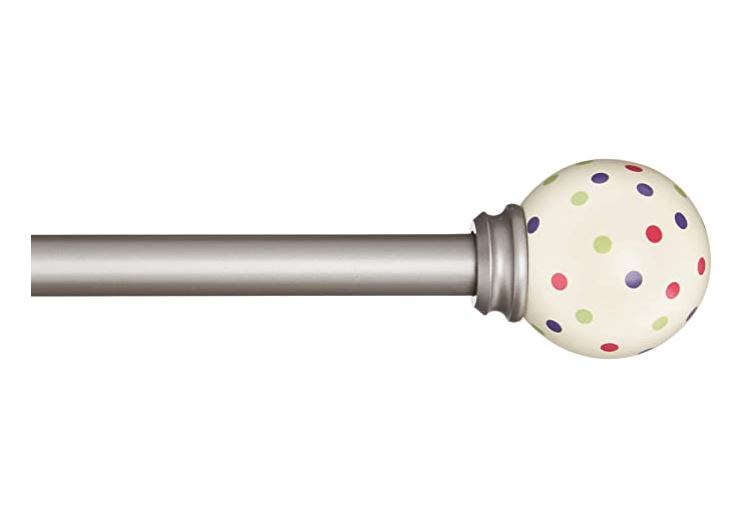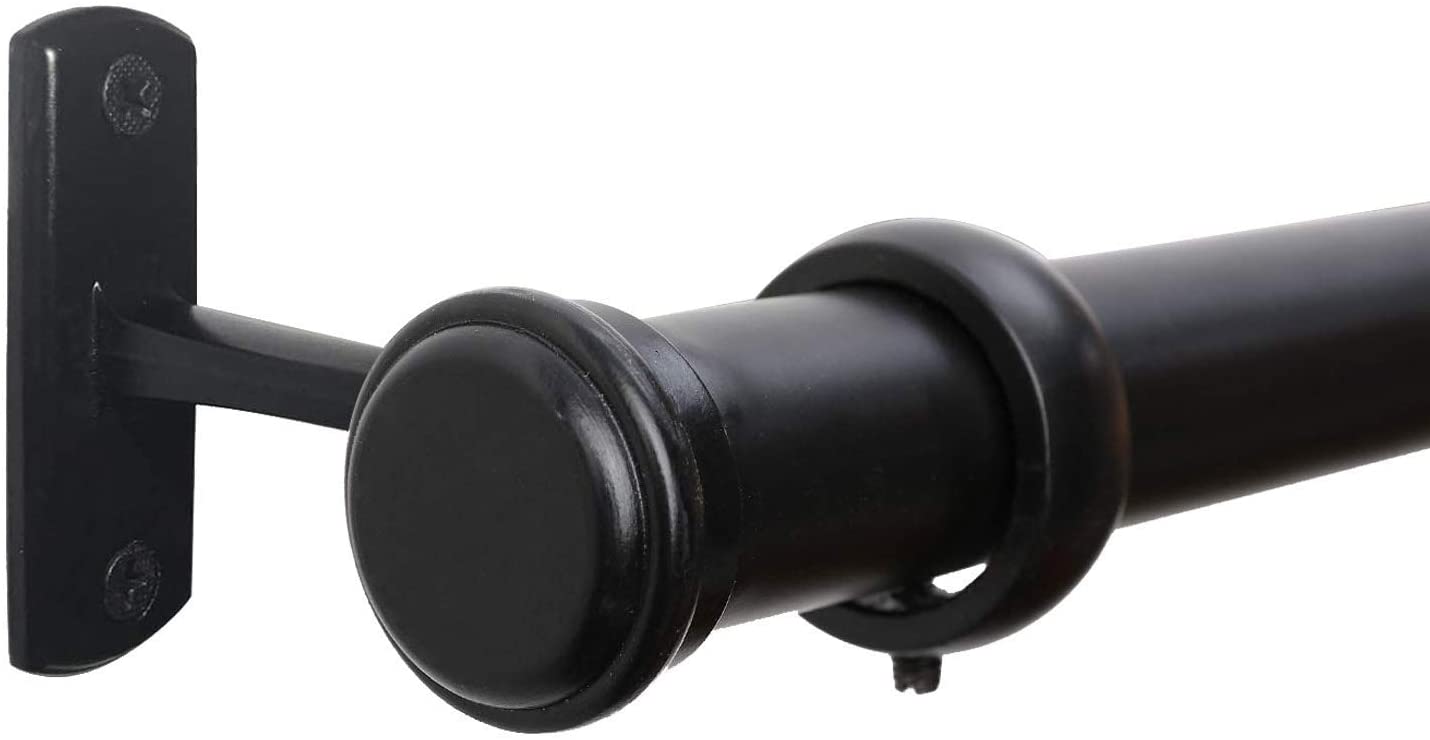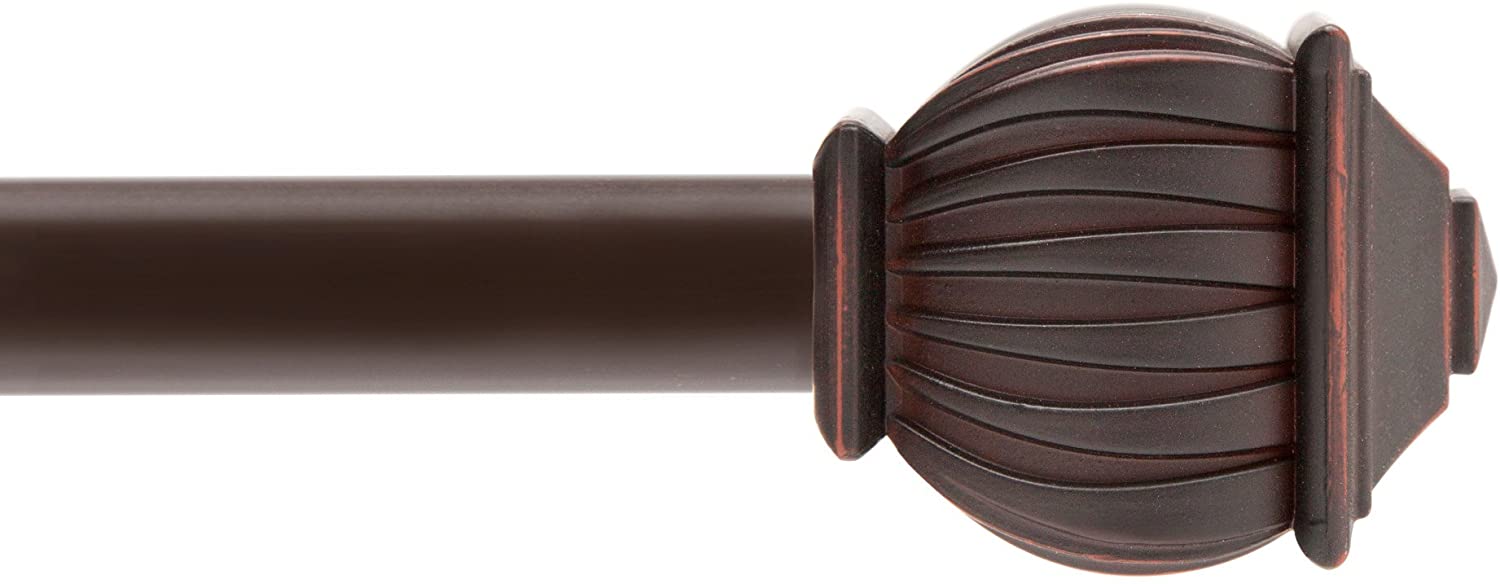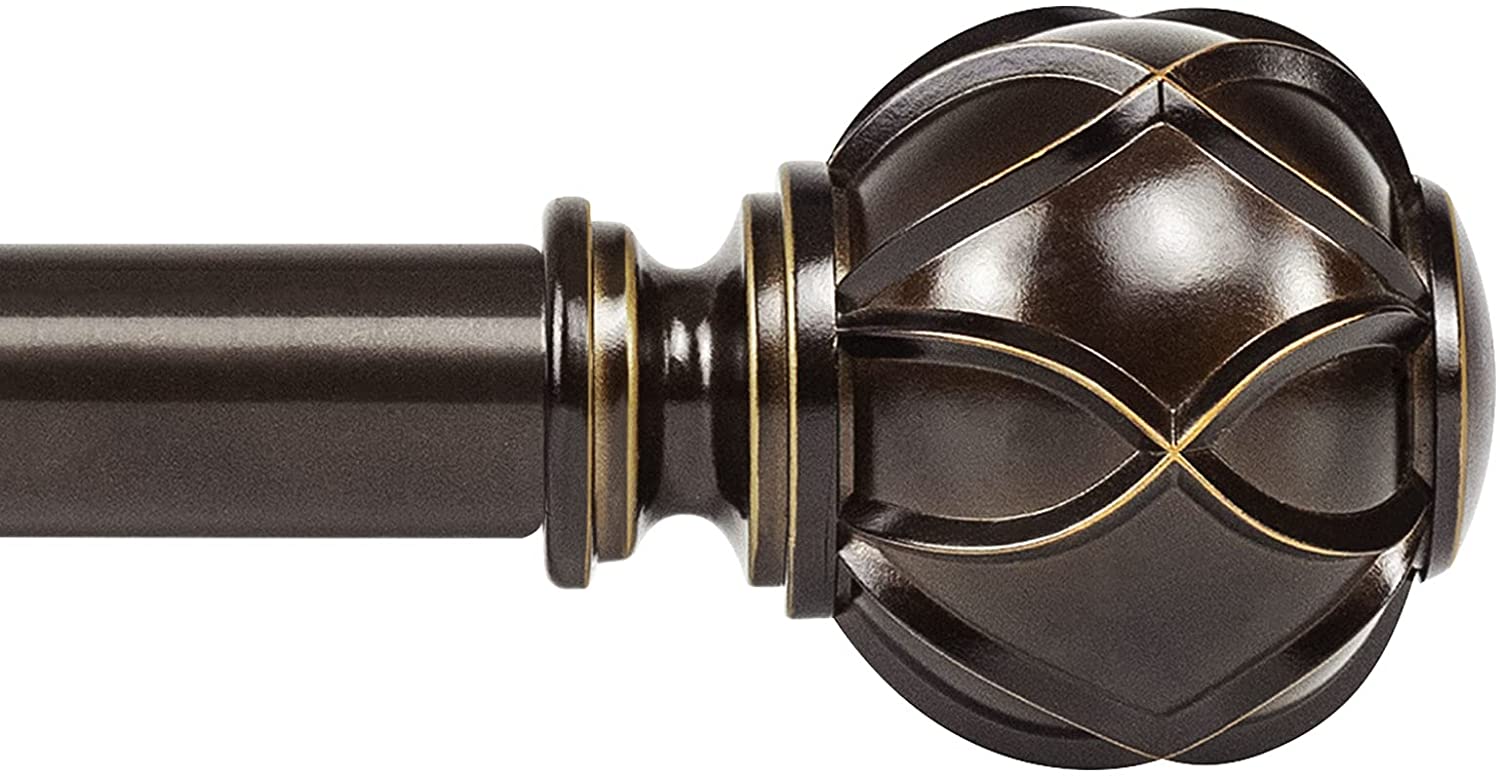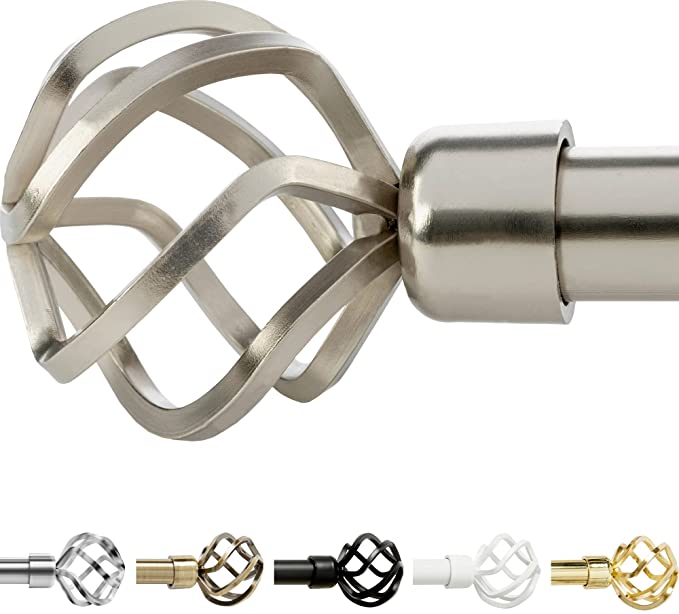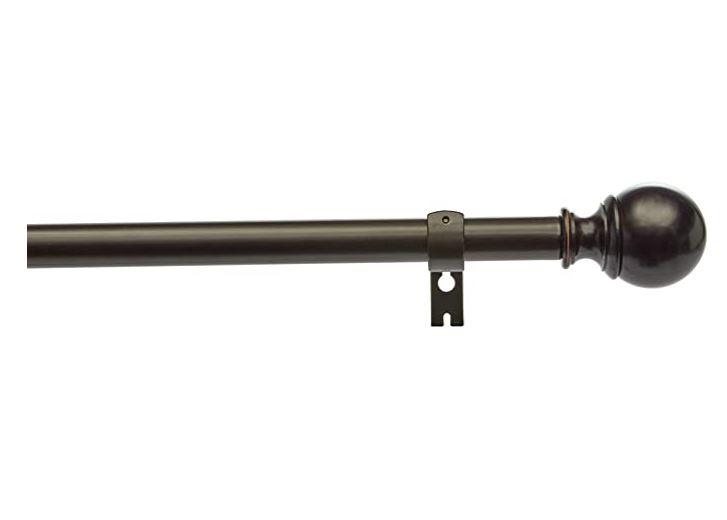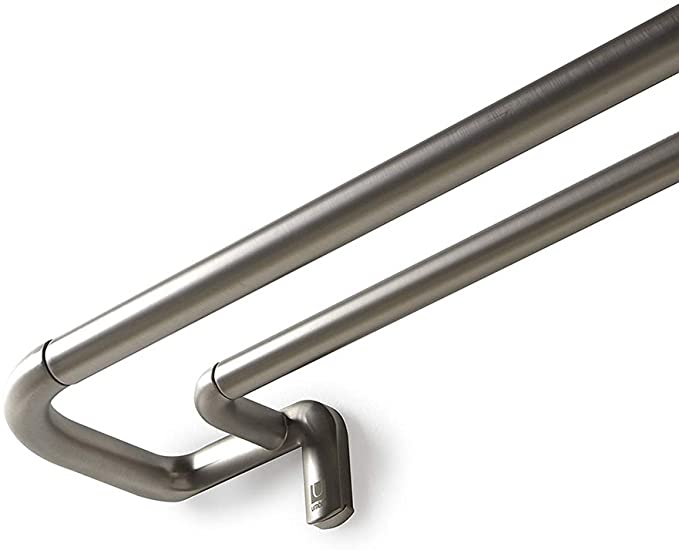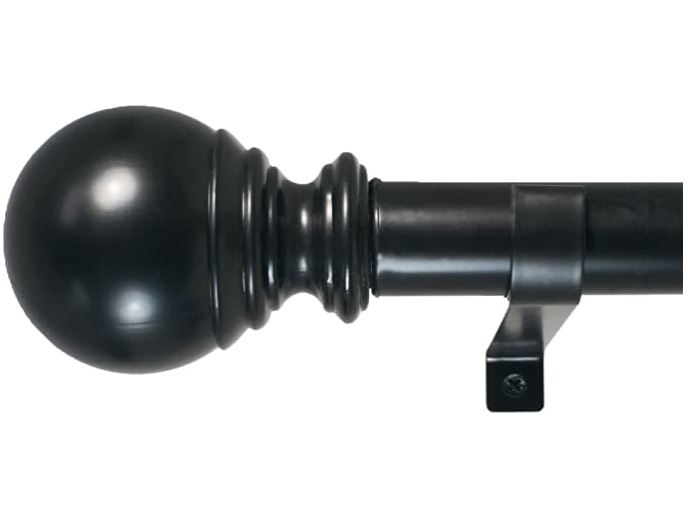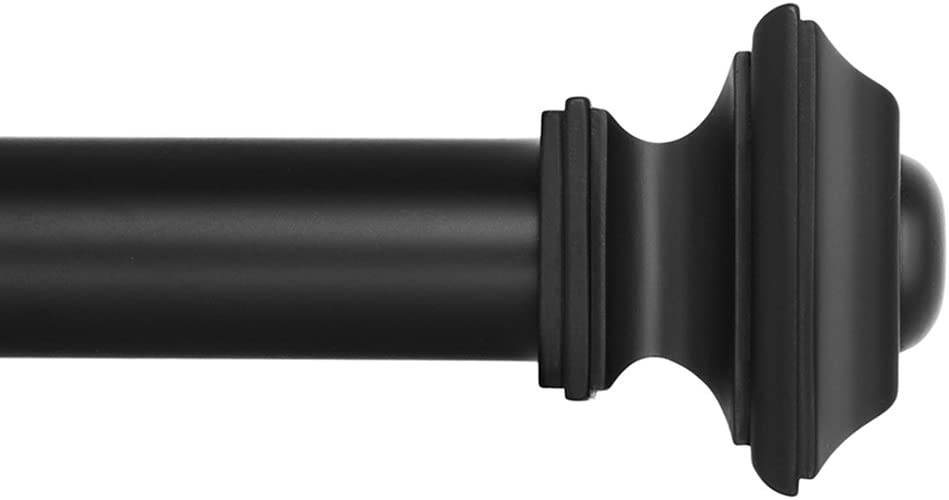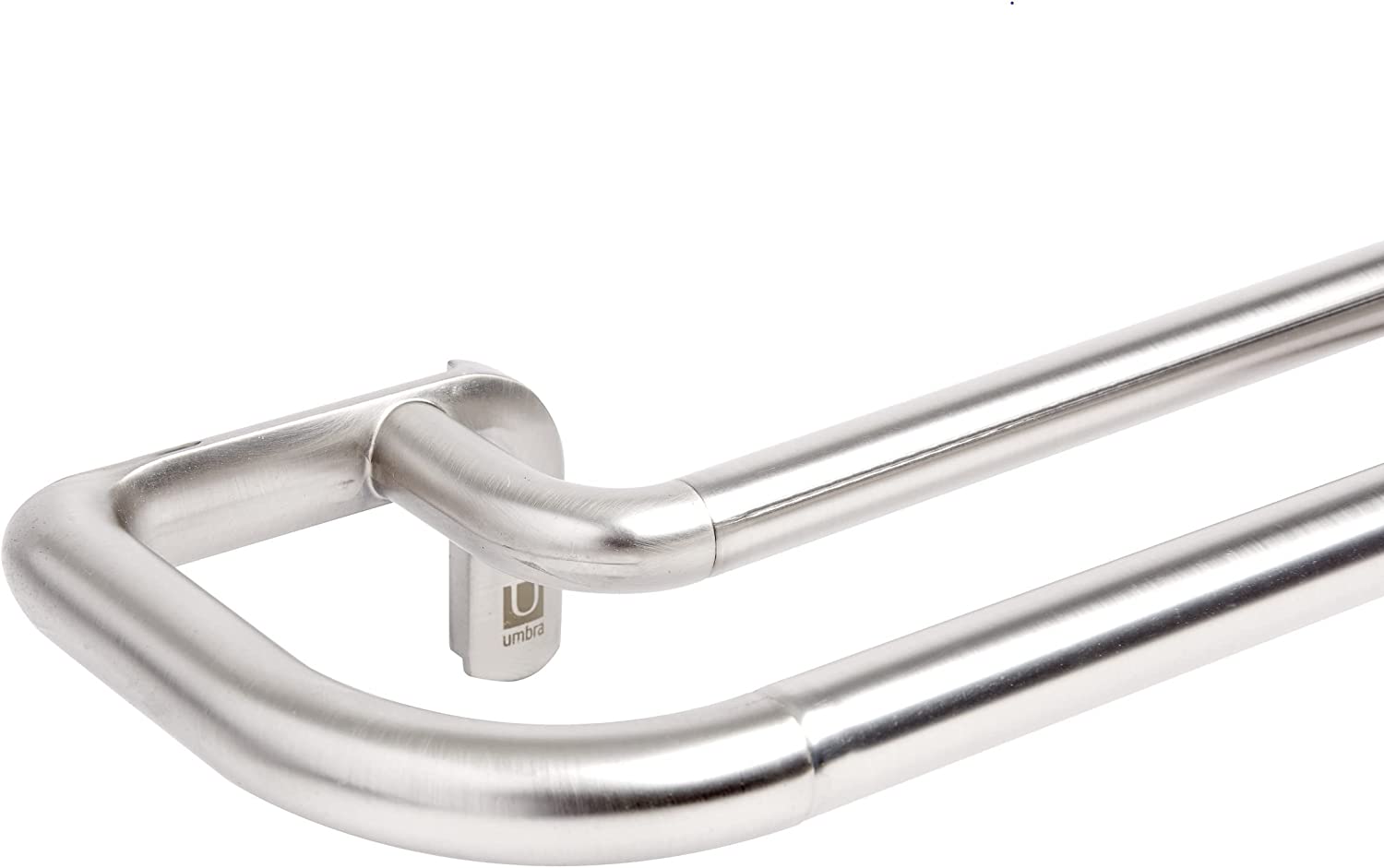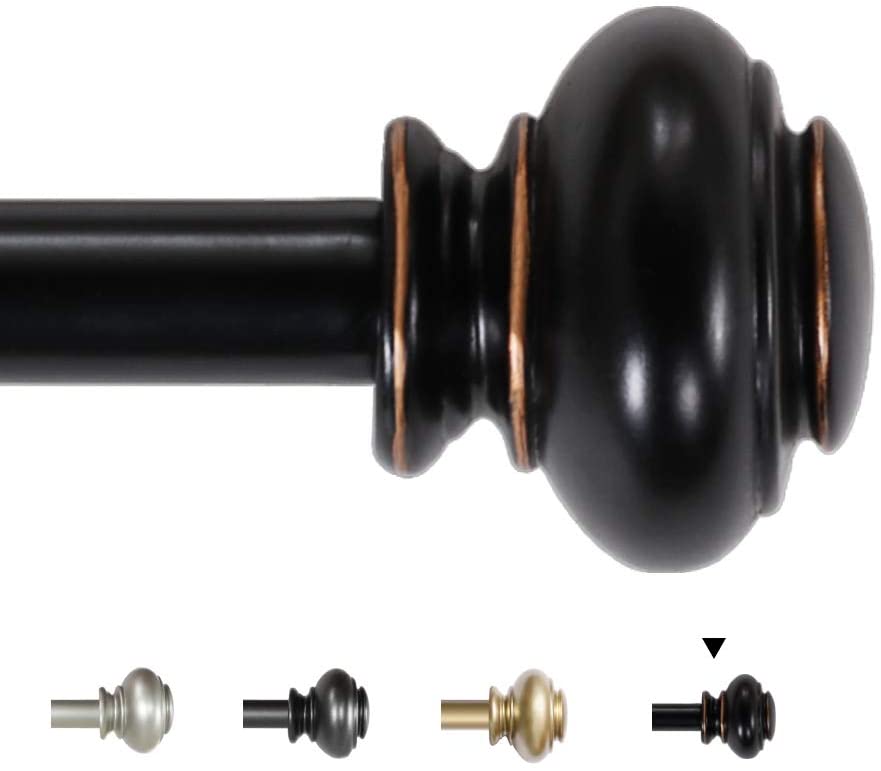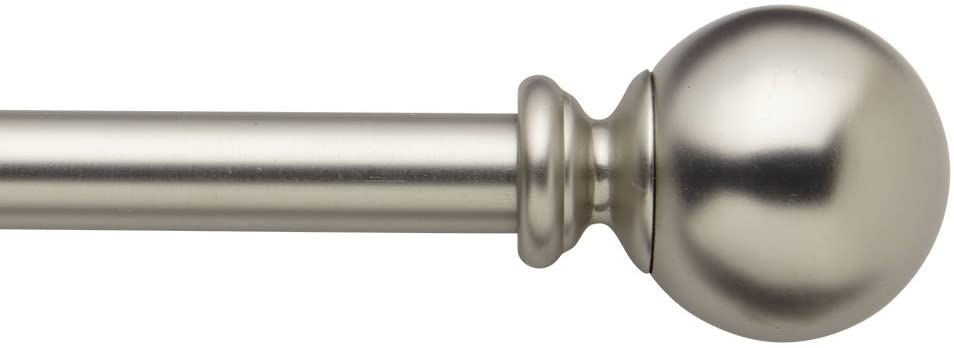Roiglori Aluminum & Steel Wrap-Around Curtain Rod, 48-86-Inch
Last updated: December 9, 2022
If your space follows an industrial theme, you'll want to go with this curtain rod. It comes in a matte black, gold or silver finish and is strong enough to handle heavy blackout drapes. You'll love the wrap-around design, as well as the ability to expand the rod from 48 to 86 inches.
We looked at the top Curtain Rods and dug through the reviews from some of the most popular review sites. Through this analysis, we've determined the best Curtain Rod you should buy.
Product Details
Key Takeaway: These heavy-duty curtain rods can be used both indoors and outdoors.
In our analysis of 22 expert reviews, the Roiglori Aluminum & Steel Wrap-Around Curtain Rod, 48-86-Inch placed 5th when we looked at the top 17 products in the category. For the full ranking, see below.From The Manufacturer
Caps are made of ALUMINUM ALLOY. Poles are made of STEEL. Taking cues from industrial designs-update your decor with this rustic style curtain rod. 7/8-inch rod diameter ensure handling heavier fabrics up to 22 pounds. Adjustable-length extends from 48 to 86 inches end-to-end excluding finials, 50.15 to 88.15 inches including wraparound ends. Wrap-around design allows panels to touch a wall and block out light while insulating the room. Includes 1 middle bracket.
